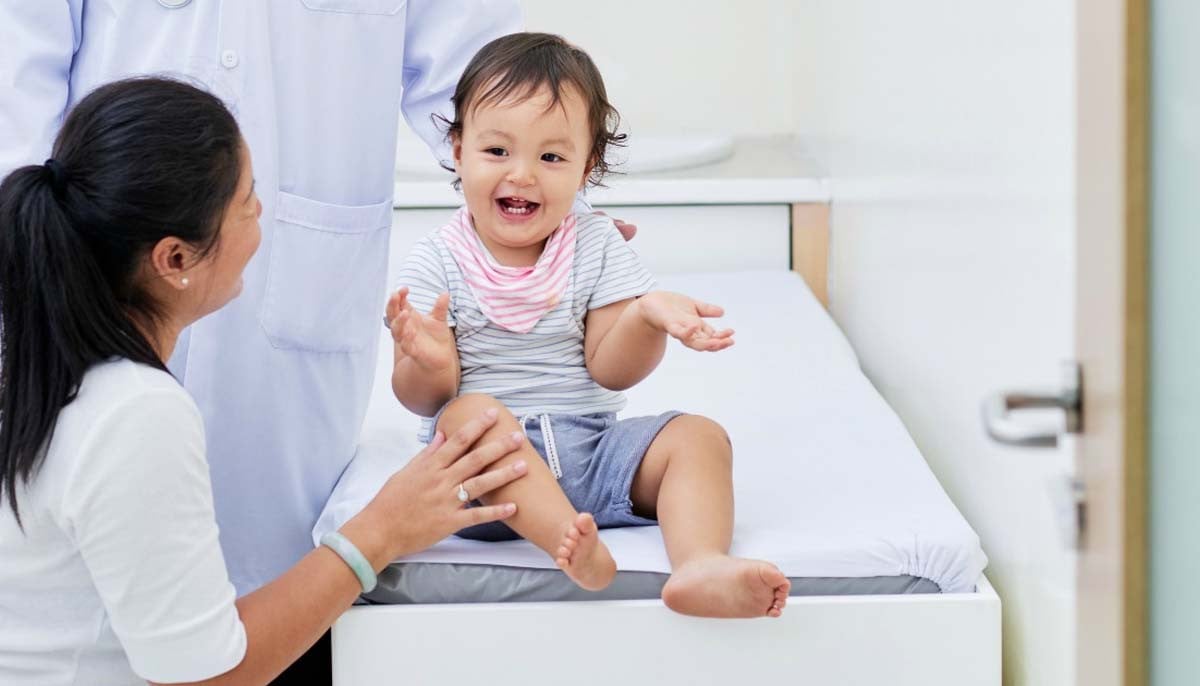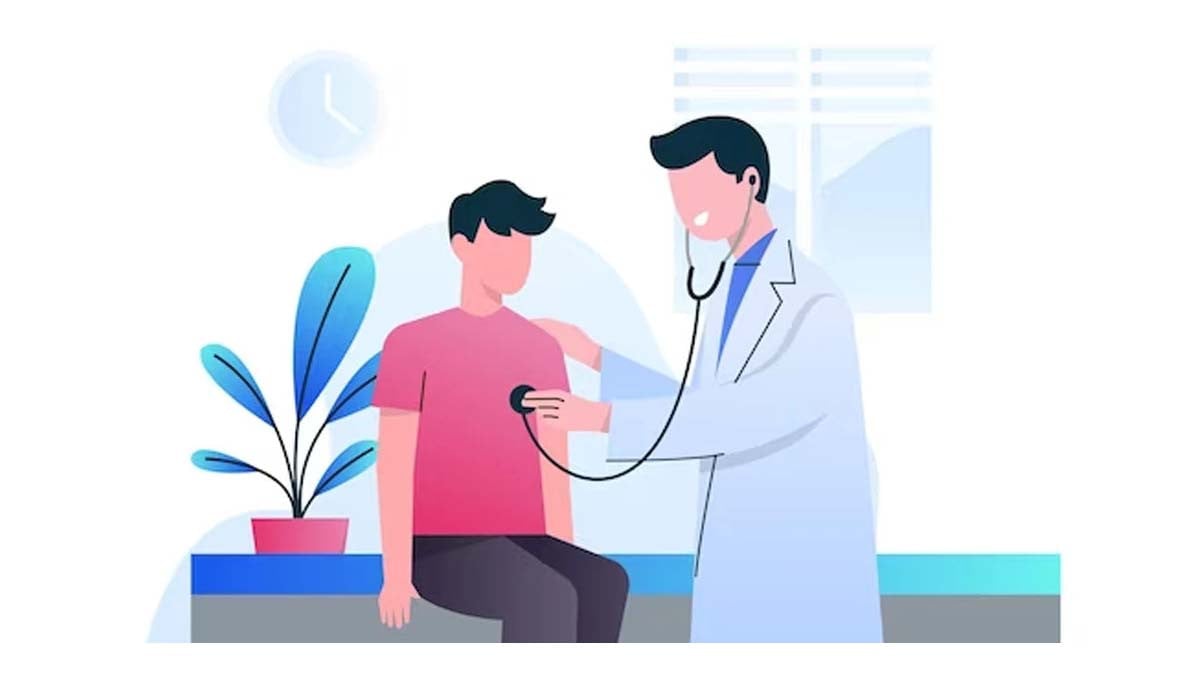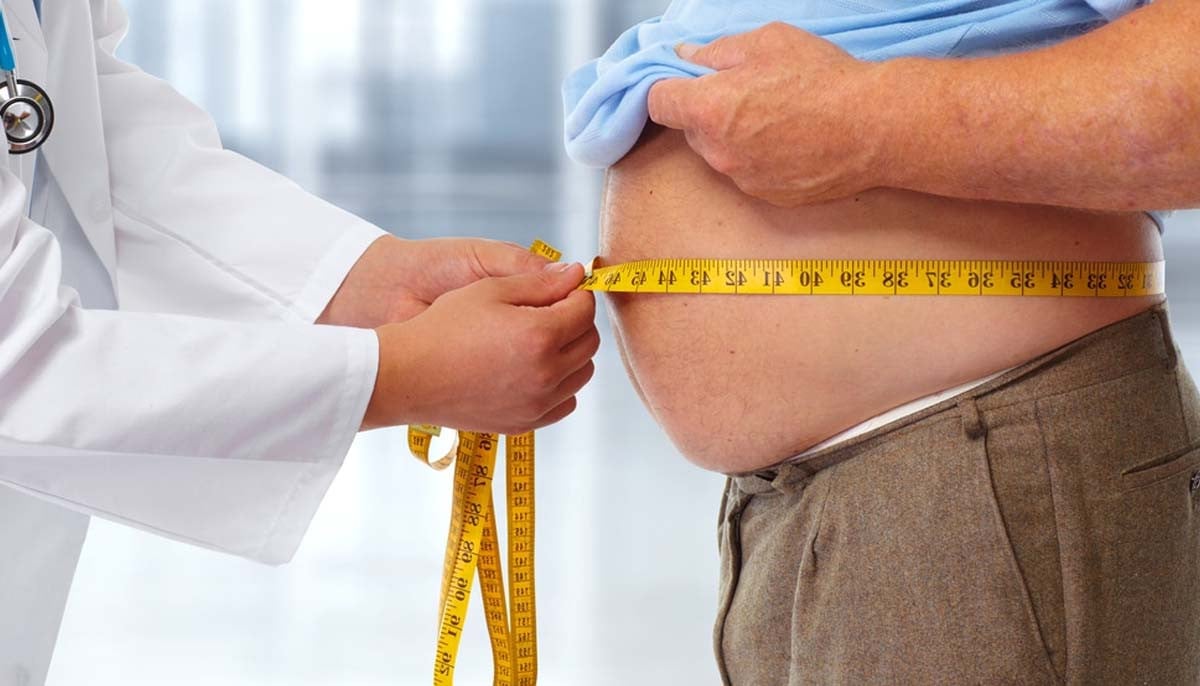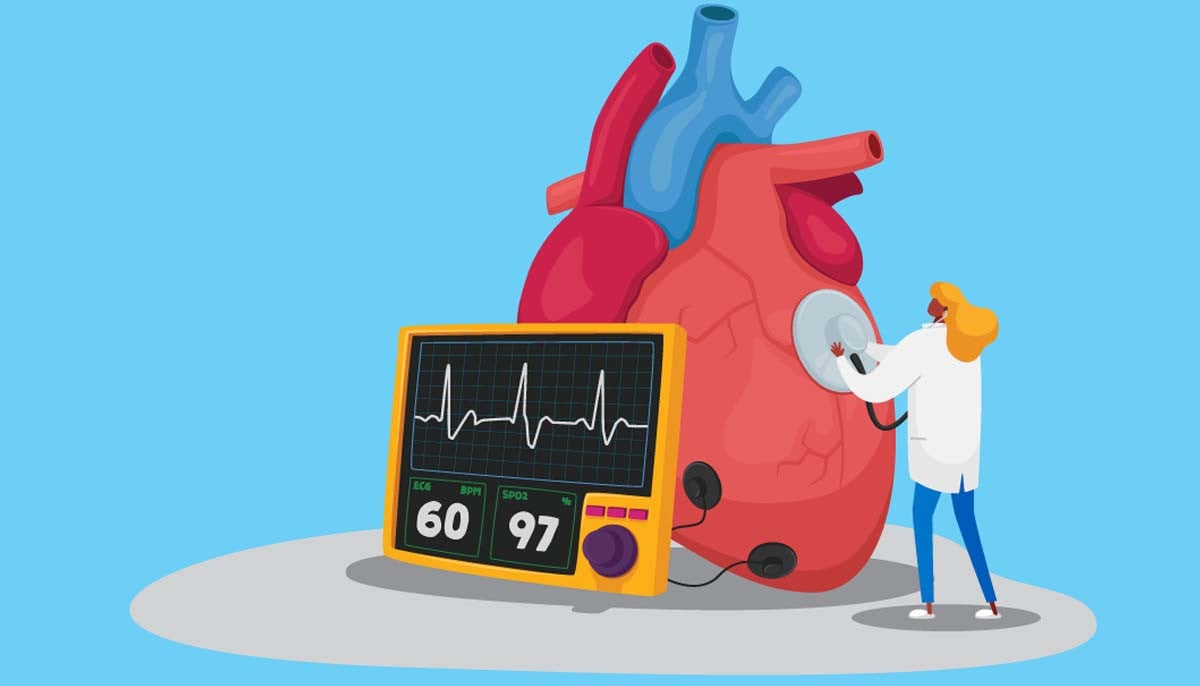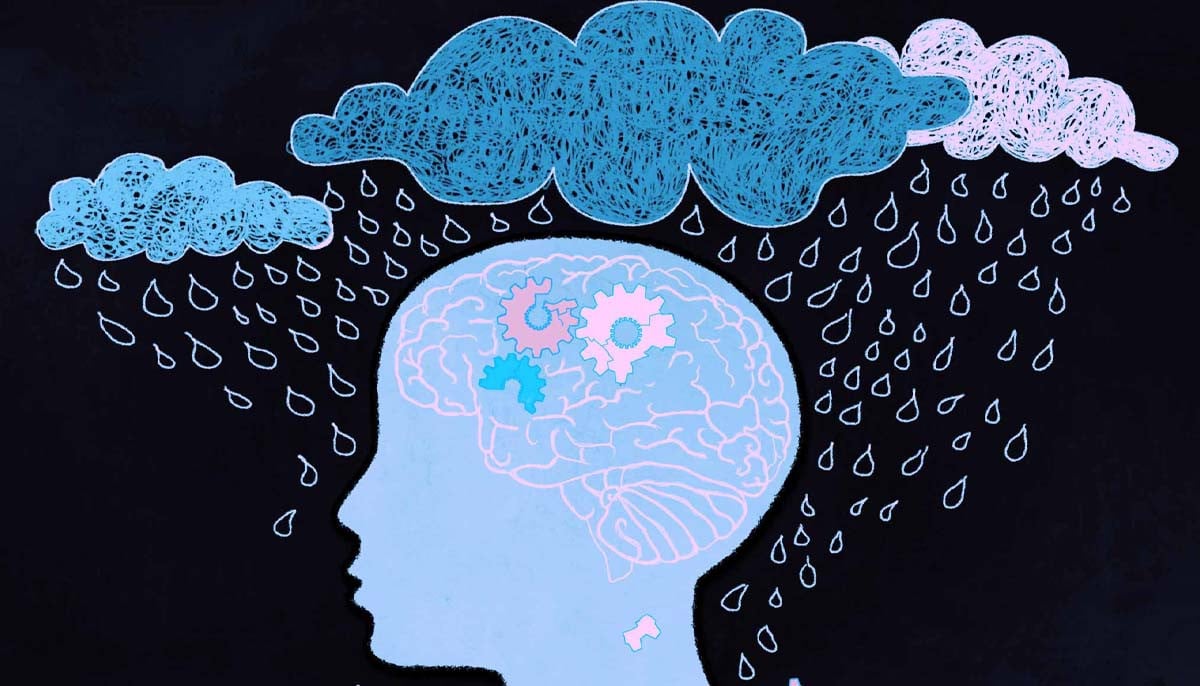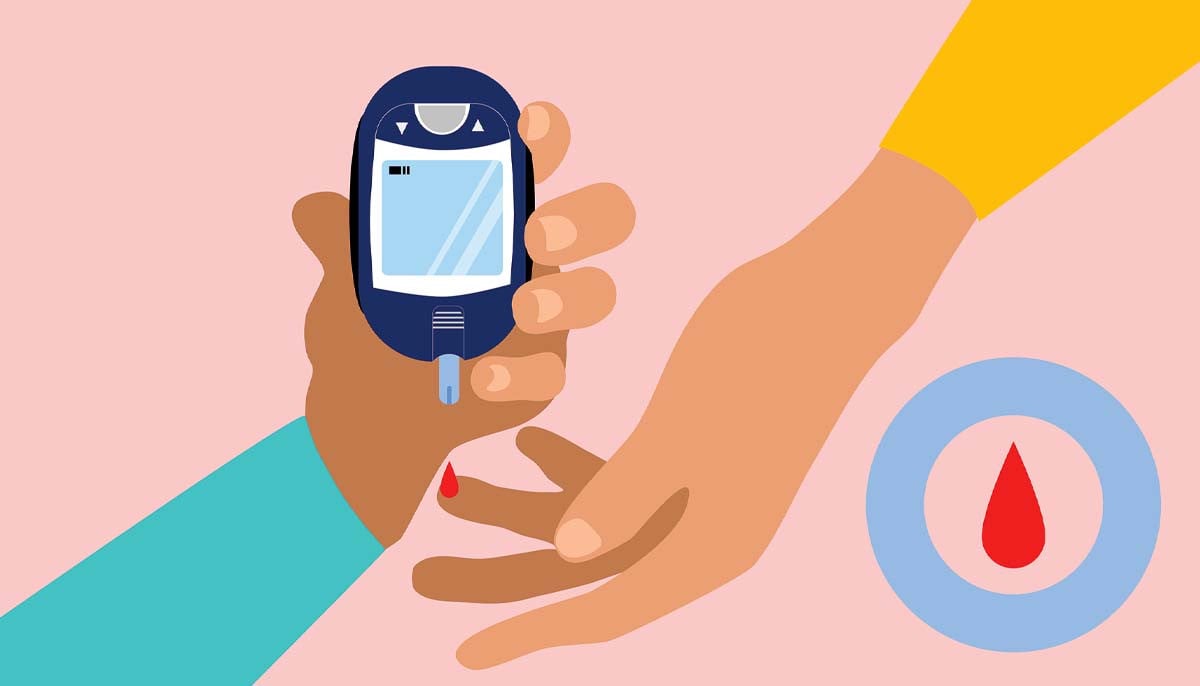US FDA calls hair-based test for autism a 'breakthrough'
By analysing hair samples, it is feasible to examine chemical exposures and how body regulates them over time, much to how tree's ring structure may show its age
A hair-based test intended to help diagnose autism has been given the "breakthrough device" title by the US Food and Drug Administration (FDA). The acknowledgement puts the test in the agency's regulatory review process' fast lane.
The test, known as StrandDx, examines the chemical concentrations in a child's hair strand to take a snapshot of her "exposome," or some of the cumulative environmental exposures she has experienced, as well as how she controls certain vital nutrients.
According to Manish Arora, co-founder of Linus Biotechnology, which is developing the test, the measures suggest how a person's physiology responds to her environment, which can predict her chances of having autism.
The test's developers previously hypothesised that the abnormal concentrations of specific metals found in the teeth of autistic people can be used to predict autism diagnoses.
With more work, StrandDx may also be able to predict outcomes, identify subtypes of autism, and identify patients who would benefit from a particular therapy, according to Arora.
"We’re not just saying this is a diagnostic tool," Arora was quoted as saying by Spectrum News. “This is something we will help deliver therapy over time and chart the patient journey toward a healthier future.”
According to some specialists, it is challenging to assess the technology without a clear understanding of the markers it examines and how it measures up to the current gold-standard diagnostic techniques. Arora claims that his group has submitted a manuscript for review that describes the methodology of the analysis; however, he refused to provide the outlet with a copy of the paper.
Arora claims that by analysing hair samples, it is feasible to examine chemical exposures and how the body regulates them over time, much to how a tree's ring structure may show a tree's age and changing environment.
A clinician would need to get a kit in order to collect a child's hair sample and send it to StrandDx.
According to Arora, the business would then give the clinician additional data like behavioural observations and family history for deeper analysis. From birth to 18 months of age, the technology is meant to help predict the possibility that a child has autism, and from 18 months to 21 years of age, it is meant to help with diagnosis.
The test's strength, according to Joseph Braun, associate professor of epidemiology at Brown University in Providence, Rhode Island, is its ability to examine numerous molecules simultaneously rather than searching for a single marker, say, in a blood sample. And even though scientists don't fully comprehend the mechanics involved, it is still useful if it can reliably predict autism at some point.
According to evidence produced by Arora and his team, StrandDx can identify autism in individuals from infancy to maturity.
Arora and his team expect to recruit roughly 5,000 kids for the work they will be doing to compare StrandDx's results with physician evaluations that employ gold-standard measures for the next stage of the FDA review.
-
Relieve eczema symptoms this winter with simple steps
-
New hope for people with obesity as failed drug offers cure
-
New drug shows promise in lowering dangerous blood fats
-
New research finds back pain may disrupt men’s sleep quality later in life
-
Do you have depression or is it just Monday blues? Find out where science stands
-
Air pollution may play a role in prostate cancer risk, experts warn
-
Type 2 diabetes hidden trigger in daily food revealed
-
Find out how you can avoid diabetes at your home

